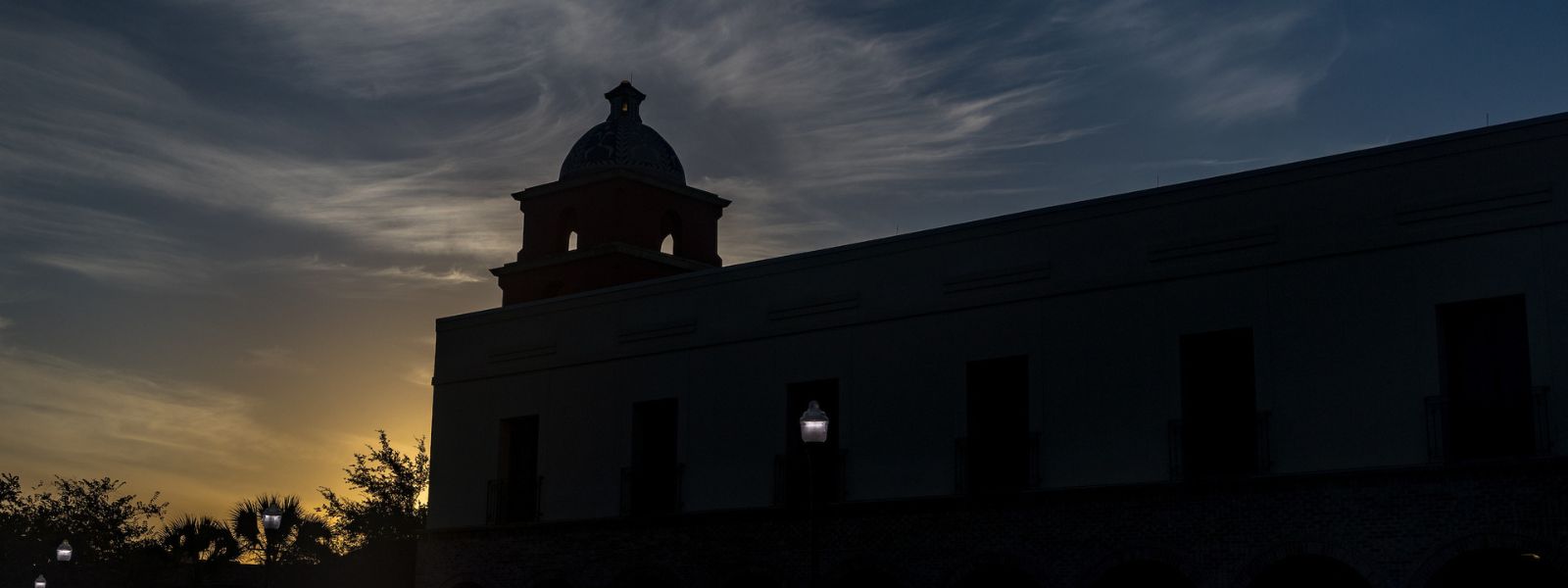
History Faculty Publications and Presentations
Document Type
Article
Publication Date
11-1-2022
Abstract
Prior to 2009, South Texas was essentially an archaeological tabula rasa, largely unknown in the academic, public, or grey literature due to its location far from research universities, the state historic preservation office, and cultural resource management firms. Here, we relate how a consortium of anthropologists and archaeologists, biologists, historians, geologists, and geoarchaeologists have embraced a locally focused, place-based STEAM research approach to tell the story of a largely unknown region of the United States and make it accessible to K–17 educators,1 the public, and scholars with bilingual maps, books, exhibits, films, traveling trunks, and scholarly publications. The efforts of the Community Historical Archaeology Project with Schools Program at the University of Texas Rio Grande Valley have been recognized locally, nationally, and internationally.
Recommended Citation
Roseann Bacha-Garza, Juan L. González, Christopher L. Miller, Russell K. Skowronek; From a Tabula Rasa to the Governor’s Award for Historic Preservation: How the CHAPS Program brought Archaeology to Deep South Texas. The Public Historian 1 November 2022; 44 (4): 169–189. https://doi.org/10.1525/tph.2022.44.4.169
Publication Title
The Public Historian
DOI
10.1525/tph.2022.44.4.169


Comments
© 2022 by The Regents of the University of California and the National Council on Public History. All rights reserved. Please direct all requests for permission to photocopy or reproduce article content through the University of California Press’s Reprints and Permissions web page, https://www.ucpress.edu/journals/reprints-permissions. DOI: https://doi.org/10.1525/tph.2022.44.4.169.